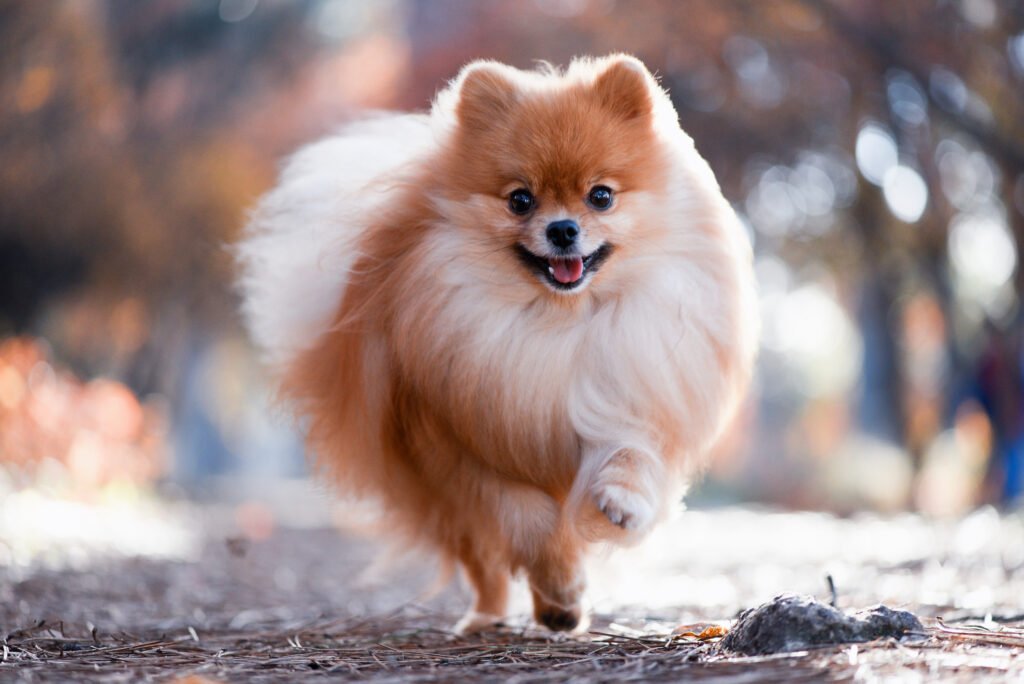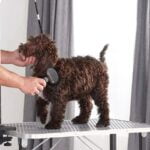Table of Contents
Maintaining a regular exercise routine is essential for the health and well-being of small dogs. Despite their size, small dogs have plenty of energy and need physical and mental stimulation to stay healthy and happy. This guide provides the top exercise routines for small dogs to keep your pup active and engaged.

Why Exercise is Important for Small Dogs
Regular exercise helps small dogs maintain a healthy weight, build muscle, and prevent obesity-related health issues. It also provides mental stimulation, which can reduce anxiety, boredom, and destructive behaviors. Exercise routines tailored for small dogs can enhance their quality of life and longevity.
Top 10 Best Exercise Routines for Small Dogs
1. Daily Walks
Daily walks are a staple of any exercise routine for small dogs. Walks provide physical exercise, mental stimulation, and an opportunity for socialization. Aim for at least 20-30 minutes of walking each day, adjusting the pace and duration based on your dog’s energy levels and fitness.
For more walking tips, visit AKC’s Guide to Dog Walking.
2. Indoor Fetch
Indoor fetch is a great way to exercise your small dog, especially during bad weather. Use a soft toy or ball to avoid damaging your home. Playing fetch indoors can help burn off excess energy and keep your dog entertained.
For indoor fetch tips, check out PetMD’s Guide to Playing Fetch.
3. Obstacle Courses
Set up a mini obstacle course in your home or yard using items like pillows, chairs, and tunnels. Obstacle courses provide both physical and mental exercise, challenging your dog to navigate through and over obstacles.
For more on obstacle courses, visit AKC’s DIY Dog Agility Course.
4. Tug-of-War
Tug-of-war is an excellent exercise for building muscle and bonding with your dog. Use a durable rope toy and ensure you play safely by letting your dog win occasionally to keep the game fun and rewarding.
For tug-of-war tips, visit AKC’s Tug-of-War Rules.
5. Hide and Seek
Playing hide and seek can provide mental stimulation and physical activity. Hide somewhere in your home and call your dog’s name, rewarding them with treats or praise when they find you. This game engages their natural hunting instincts and keeps them active.
For hide and seek ideas, visit AKC’s Guide to Hide and Seek.
6. Stair Climbing
If your home has stairs, use them for a great workout. Encourage your dog to run up and down the stairs a few times. Stair climbing helps build muscle and improve cardiovascular health. Always supervise to prevent accidents.
For stair climbing tips, see The Spruce Pets’ Stair Exercise Guide.
7. Interactive Toys
Interactive toys, such as treat-dispensing puzzles, can keep your small dog mentally and physically engaged. These toys challenge your dog to think and move, providing a satisfying and fun way to exercise.
For toy recommendations, visit PetSafe’s Interactive Toy Guide.
8. Social Play Dates
Arrange play dates with other small dogs to provide socialization and exercise. Playdates can help your dog learn social skills and burn off energy through interactive play. Ensure the dogs are well-matched in size and temperament.
For playdate tips, check out Petfinder’s Dog Playdate Guide.
9. Swimming
Swimming is a low-impact exercise that is gentle on joints, making it ideal for small dogs, especially older ones. If you have access to a safe, clean swimming area or a dog-friendly pool, swimming can be a fun and effective way to exercise your dog.
For swimming tips, visit AKC’s Swimming Tips.
10. Training Sessions
Incorporating training sessions into your routine can provide both mental and physical exercise. Teach your dog new commands, tricks, or even agility exercises. Training sessions strengthen your bond and keep your dog’s mind sharp.
For training ideas, visit Cesar’s Way Training Guide.
Conclusion
Implementing these exercise routines for small dogs can help keep your pet healthy, happy, and well-behaved. Regular exercise not only improves physical health but also provides essential mental stimulation. Tailor the routines to fit your dog’s individual needs and preferences, and always consult your veterinarian if you have any concerns about your dog’s exercise regimen.
Frequently Asked Questions about Exercise Routines for Small Dogs
How often should I exercise my small dog?
Most small dogs benefit from at least 30 minutes to an hour of exercise daily. This can be broken up into multiple sessions throughout the day.
Can small dogs participate in agility training?
Yes, many small dogs excel at agility training. Creating a small-scale agility course at home can provide both physical and mental stimulation.
What are some signs that my small dog needs more exercise?
Signs that your small dog may need more exercise include excessive barking, destructive behavior, restlessness, and weight gain. Providing more physical activity can help address these issues.
Is it safe for small dogs to climb stairs as exercise?
Stair climbing can be a good exercise for small dogs, but always supervise them to prevent accidents. Avoid overdoing it, especially if your dog has joint issues.
Can I exercise my small dog indoors?
Yes, there are many ways to exercise your small dog indoors, such as playing fetch, creating an obstacle course, or using interactive toys. Indoor exercise is especially useful during bad weather.
How can I make exercise fun for my small dog?
Incorporate a variety of activities to keep things interesting. Rotate toys, change walking routes, and include games like hide and seek or tug-of-war to keep your dog engaged and excited about exercise.










